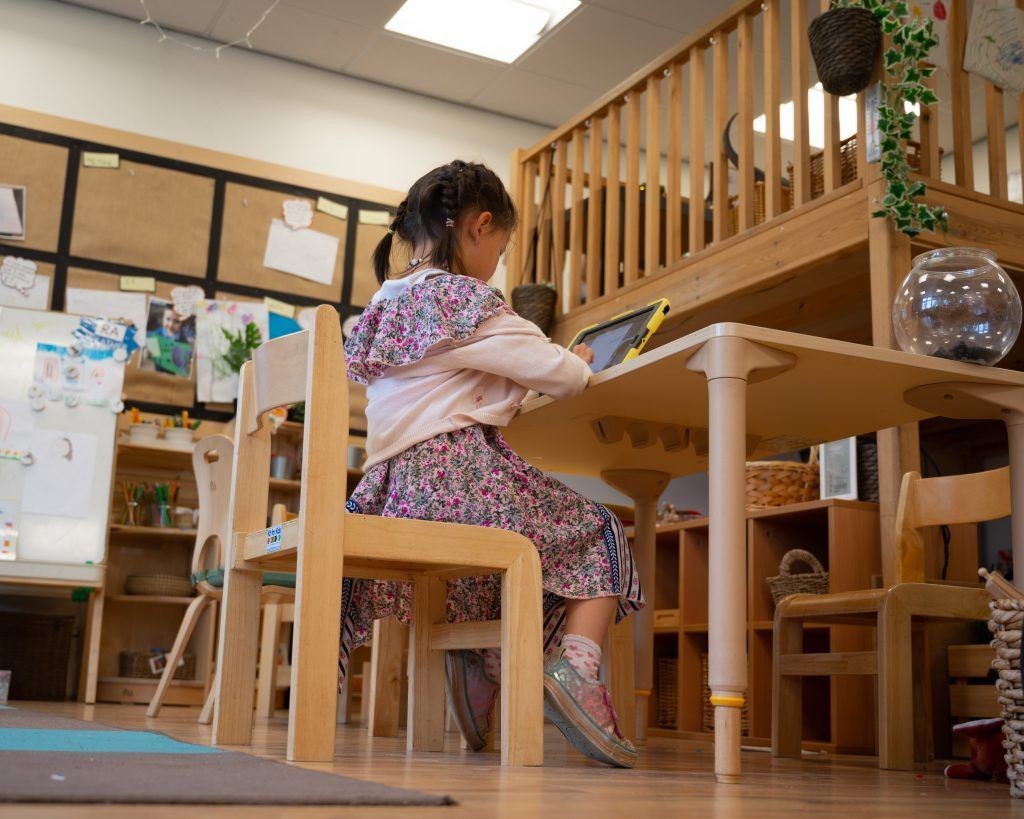Remote learning has become increasingly prevalent, raising questions like “What is remote learning?” and “How does a remote classroom function?” This guide provides a comprehensive overview of remote learning, exploring its mechanics, benefits, drawbacks, examples, and implementation strategies.
Understanding Remote Learning: The Basics
Remote learning enables students to learn from a distance, leveraging online educational tools. It aims to replicate the traditional classroom experience through digital platforms. Unlike established online learning models, remote learning often involves teachers and students unfamiliar with online education, typically employed during unforeseen circumstances like scheduling conflicts, illnesses, or widespread disruptions.
Remote learning generally involves a virtual classroom platform like Google Classroom or Khan Academy, where teachers assign tasks, provide feedback, and facilitate communication. Students access this platform for scheduled periods to complete assignments, attend virtual lectures, and engage in activities.
Furthermore, video conferencing tools like Zoom or Skype facilitate direct interaction between teachers and students, enabling lectures, check-ins, and real-time support. The specific utilization of these tools varies across schools and districts.
Benefits and Disadvantages of Remote Learning
Remote learning offers several advantages:
- Accessibility: It expands educational access for individuals facing geographical barriers or scheduling limitations.
- Flexibility: It allows for personalized learning paces and flexible scheduling for both teachers and students.
- Personalized Learning: Students can progress through coursework at their own speed, catering to diverse learning styles.
- Visual Learning Enhancement: The visually-oriented nature of online platforms can benefit visual learners.
However, remote learning also presents challenges:
- Limited Social Interaction: The lack of face-to-face interaction can hinder social-emotional development and student accountability.
- Technological Dependence: Reliance on technology introduces potential disruptions due to technical issues.
- Increased Distractions: The online environment can be prone to distractions, impacting focus and learning outcomes.
- Loss of In-Person Connection: The absence of spontaneous classroom moments can diminish the richness of the learning experience.
Remote Learning in Action: Practical Examples
Here are examples of how remote learning can be implemented across different subjects:
- English/Language Arts: Reading assignments followed by online comprehension quizzes, pre-recorded lectures, and online discussion forums.
- Math: Review of previous concepts using online quiz platforms, Zoom lectures for new lessons, and digital assignment submission and feedback.
- History: Assigned readings with guided notes on key points, online comprehension quizzes, and virtual debates or collaborative writing assignments.
- Science: Collaborative reading and lab assignments using online platforms, recording observations and answering questions digitally, and online discussions.
- Social-Emotional Learning: Daily online surveys for self-reflection on well-being and engagement in positive activities.
Structuring Remote Learning: A Typical Approach
Remote learning typically revolves around a robust online learning management system (LMS) that serves as a central hub for information, assignments, and communication. Students log in daily to access course materials, complete tasks, and receive feedback.
Schools often mandate a specific amount of online learning time, which varies by location. Video conferencing supplements online coursework, providing personalized instruction and fostering connections. The flexibility of remote learning allows for adaptations and innovations in teaching methodologies.
Implementing Remote Learning: Key Steps
Implementing remote learning requires careful planning and execution:
- Hardware Provision: Ensuring every student has access to a computer and reliable internet connection.
- Software Selection: Choosing a user-friendly LMS platform like Google Classroom or Flipgrid.
- Curriculum Adaptation: Adjusting existing curricula to suit the online environment and leveraging online resources.
- Establishing Online Time Requirements: Determining the required daily or weekly online learning time for students.
- Developing Assessment Methods: Implementing online assessment and feedback mechanisms within the LMS.
Remote Learning vs. Online Learning: Clarifying the Distinction
While often used interchangeably, remote learning and online learning differ in their origins and purpose. Online learning refers to courses specifically designed for online delivery, often utilized in adult education for professional development or higher education.
Remote learning, conversely, represents the temporary shift of traditional in-person classes to an online format due to unforeseen circumstances. While both utilize online platforms, online learning is intentionally designed for the digital space, while remote learning adapts existing classroom practices for online delivery.
Conclusion: Embracing the Future of Learning
Remote learning presents both opportunities and challenges. By understanding its mechanics, benefits, and drawbacks, educators and students can effectively navigate this evolving educational landscape. As remote learning continues to shape the future of education, adaptability and a willingness to embrace new technologies will be crucial for success.


